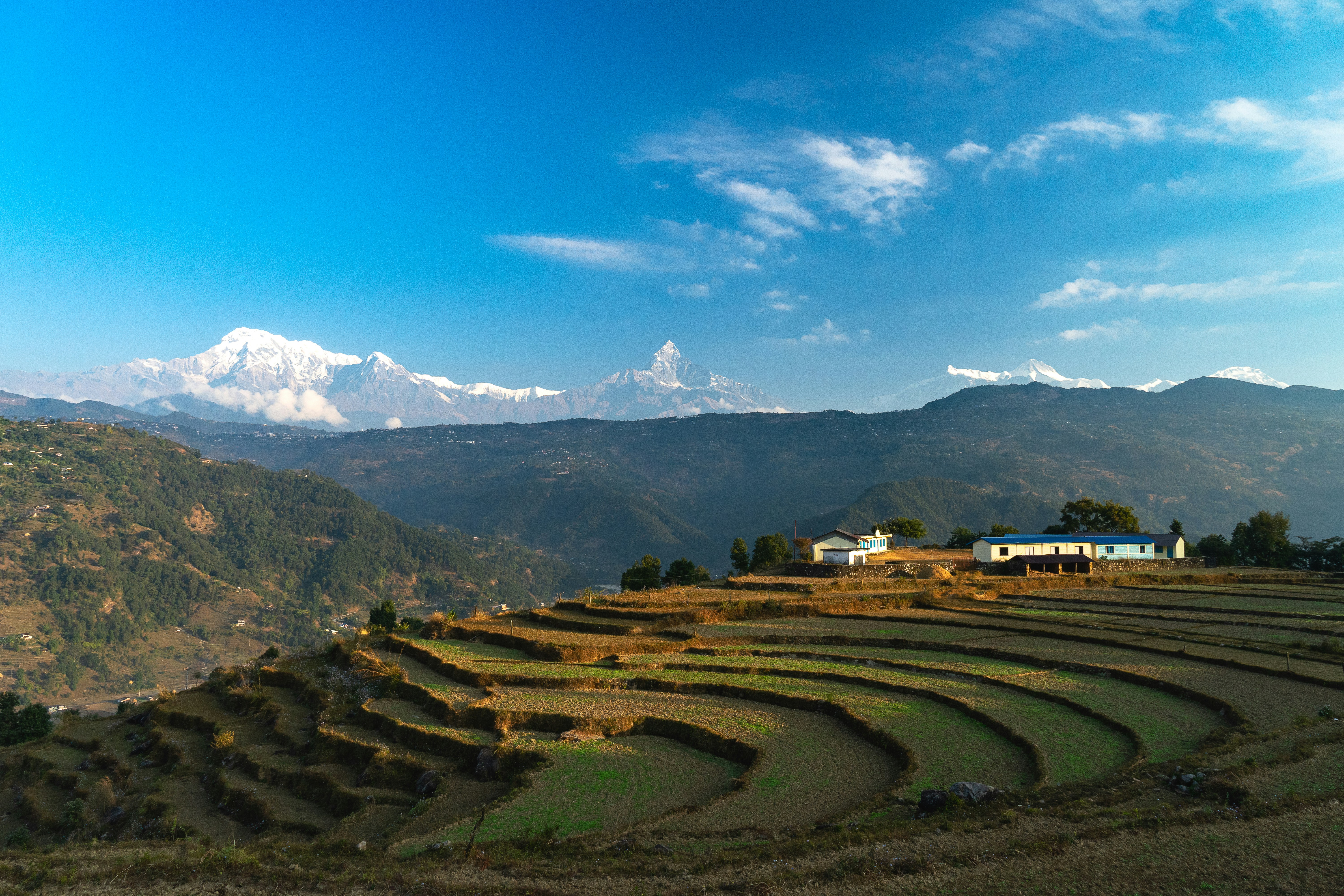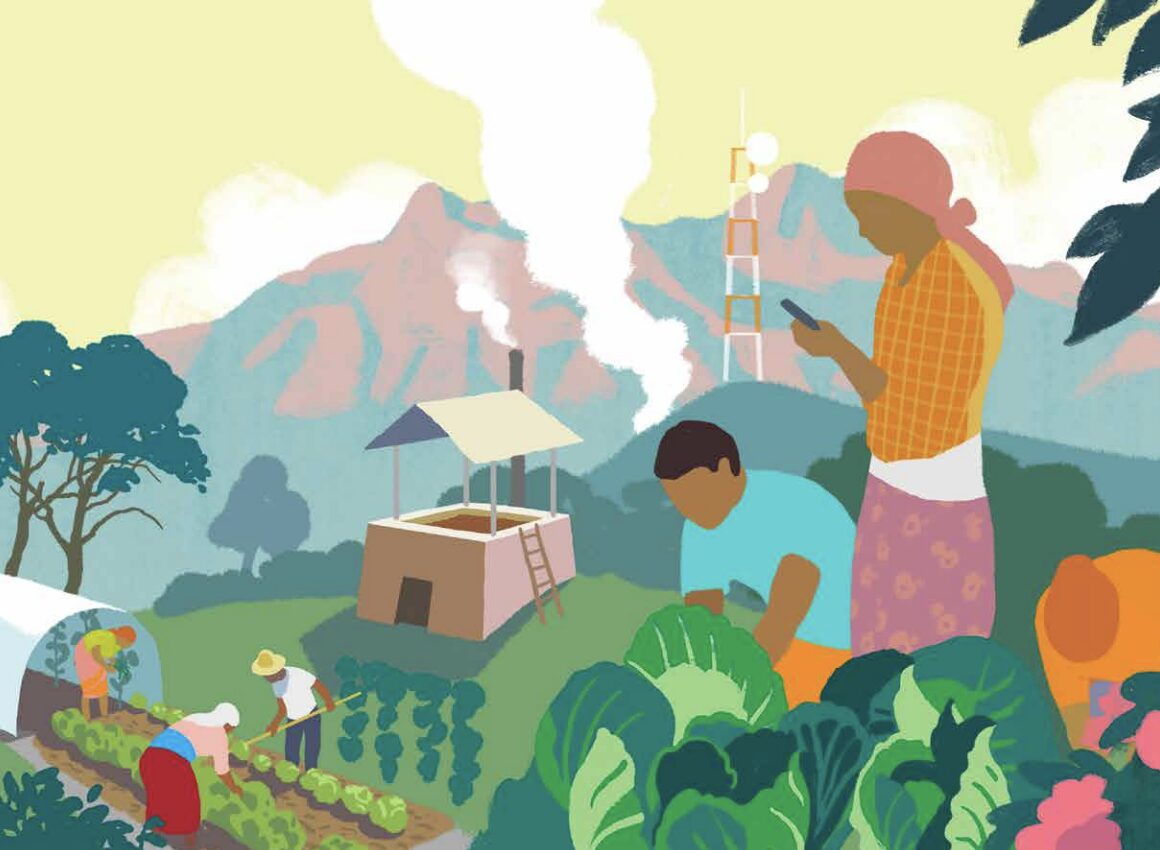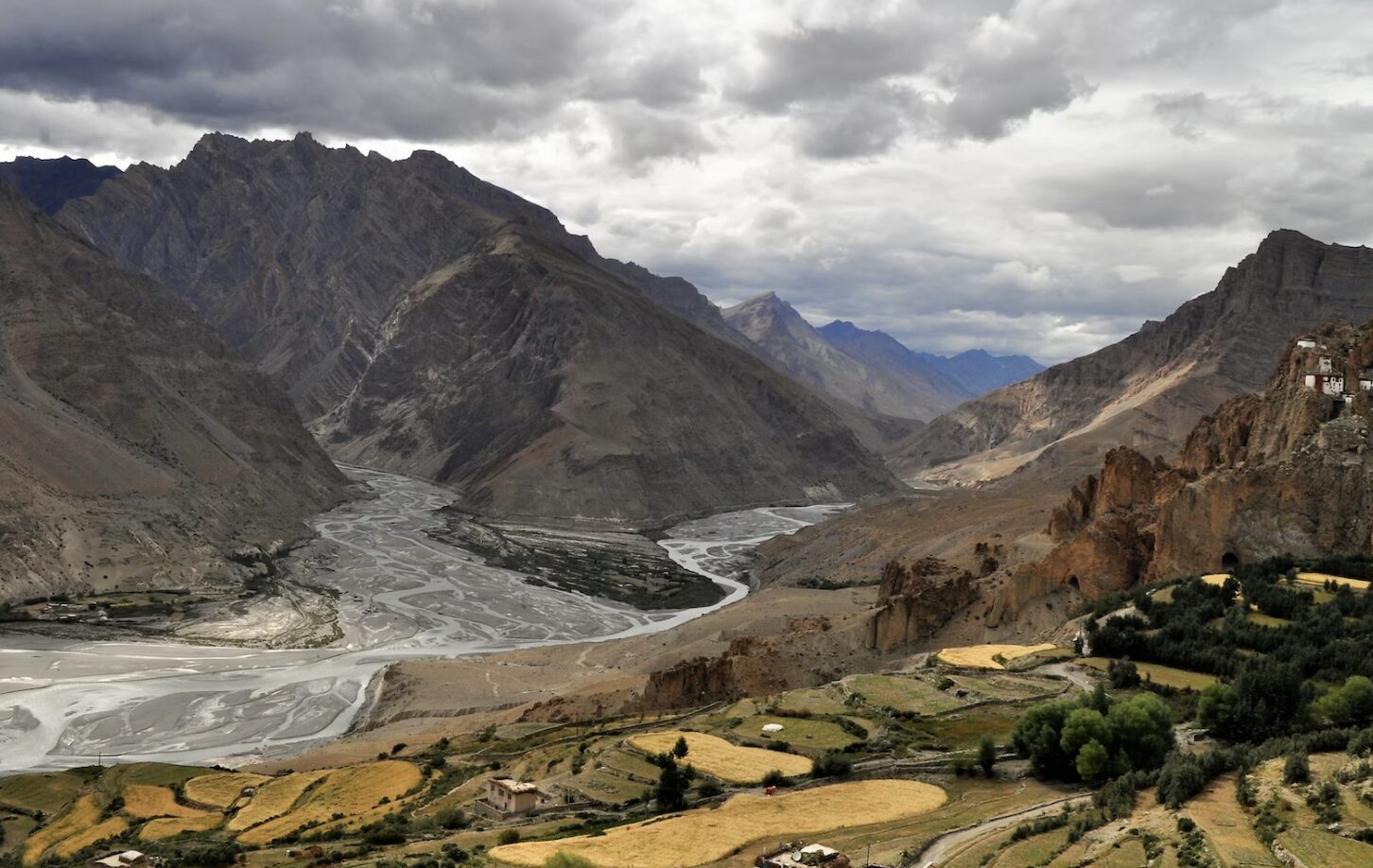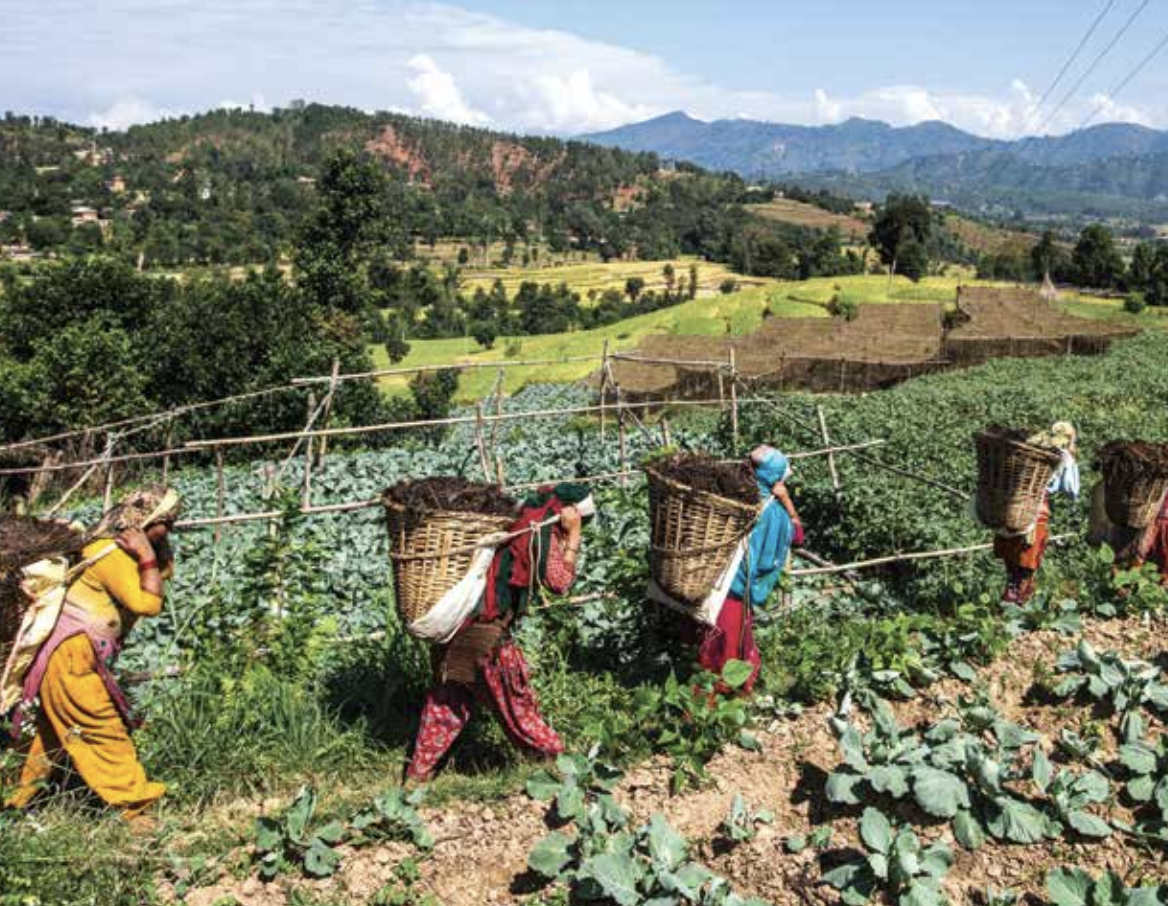Hindu Kush
Photo contest: HKH Rangelands and Pastoralism
This photo contest information was originally published on the ICIMOD website. Please visit the photo contest page here for full and most...
Together we have more power: Status, challenges, and the potential for regional renewable energy cooperation in the Hindu Kush Himalaya
Explore the challenges and potential for renewable energy in the Hindu Kush Himalaya.
Resilient Mountain Solutions: Ten local solutions for global impact
Learn about the ten practical nature-based solutions for climate resilience that have been tried and tested in the Hindu Kush Himalaya region and the role of gender in successful resilience building.
A@A Knowledge Network: What does 2024 hold for mountains and how can you get involved?
The A@A Knowledge Network meeting provided 5 speed talks focussing on climate change in mountains related topics.
Protecting the ‘Water Tower’ of Asia: The Future of the Hindu Kush Himalaya
Watch this short video to learn about the challenges of climate change in the Himalayan mountains as well as examples of adaptation actions. The focus is on integrating all sectors into a comprehensive climate adaptation plan, and to optimize the water-energy nexus to “green the vertical deserts”.
Strengthening regional cooperation to address cascading climate risks in the Hindu Kush Himalaya
Learn about the barriers and enablers of enhanced regional cooperation on adaptation to manage the cascading impacts of climate change in this 8th APAN forum event. The event focused on mountainous regions, such as the Hindu Kush Himalaya, and how these regions can tackle cascading risks and scale up solutions.
Regional Climate Data Conference: Experts Unite to Ensure Data Accessibility through Collaborative Efforts
A summary of the Regional Climate Data Conference, in Bangladesh. The conference was to initiate a discussion on opportunities and barriers of accessing climate data and climate risk information, and ways of ensuring climate data availability and accessibility and to explore collaborations in the countries of the Hindu Kush Himalayan (HKH) region.
Outlook on climate change adaptation in the Hindu Kush Himalaya
Explore the climate change adaptation policies and responses in the mountainous regions of the Hindu Kush Himalaya region in-depth, in this edition of the Mountain Adaptation Outlook series. Following an analysis of the available information this report examines whether such policies and responses address key climate change risks.
Resilient Mountain Solutions in the Hindu Kush Himalaya
Learn about why a focus on resilience in the Hindu Kush Himalaya region is important, and explore the different components of ICIMOD's Resilient Mountain Solutions programme.
Mountains Connect Interregional Workshop
The Mountains Connect Interregional Workshop brought together more than sixty participants from across the world's mountain regions to share and create new knowledge and experiences on adaptation and regional governance in mountain ranges.










